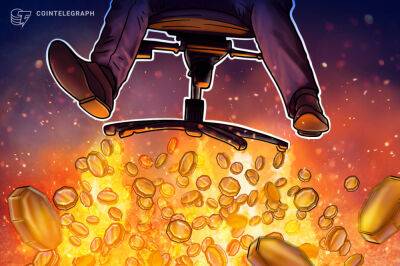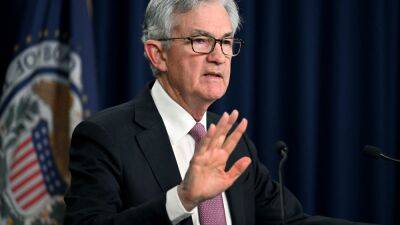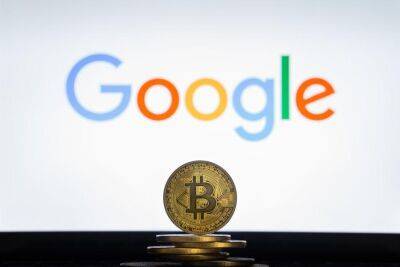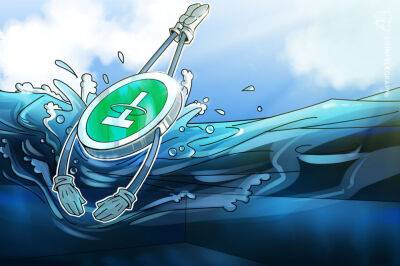How fast does inflation cut buying power? Here's a simple guide
Inflation is hovering near 40-year highs. The Consumer Price Index, a key inflation metric, increased 8.3% in April from a year ago, the largest jump since the summer of 1982, the U.S. Department of Labor said Wednesday.
While a slight reduction from the 8.5% rate in March, the readings tell a similar story: Consumers are losing buying power at a faster-than-usual rate.
That happens because the prices they pay for goods and services of all kinds are increasing. Their money buys less.
But just how quickly is inflation eating away at your savings? The «rule of 72» can help gauge its long-term impact.
This rule of thumb is generally applied to investment returns. It's a back-of-the-envelope calculation that approximates how many years it will take investors to double their money at a certain interest rate.
Here's how it works: Divide 72 by the annual interest rate to determine the amount of time it takes for an investment to double.
For example, a mutual fund that yields 2% a year will double in 36 years. One with a 6% annual return will do so in 12 years.
With inflation, the rule works in reverse: Consumers can approximate how quickly higher prices (for food, energy, rent and other household budget items) will halve the value of their savings.
Applied to the Rule of 72 formula, April's 8.3% inflation rate halves the value of consumers' money in roughly nine years. (Seventy-two divided by 8.3 equals 8.67.)
"[The rule] works the same whether you're implying an inflation factor — which is essentially deflating the purchasing power of your money — or whether you're applying the rule of 72 to growing your money," Charlie Fitzgerald III, a certified financial planner and founding member of Moisand Fitzgerald Tamayo in Orlando,
Read more on cnbc.com








![Algorand [ALGO]: Should you really consider ‘buying this dip’ - ambcrypto.com](https://finance-news.co/storage/thumbs_400/img/2022/5/13/25437_ozq.jpg)












